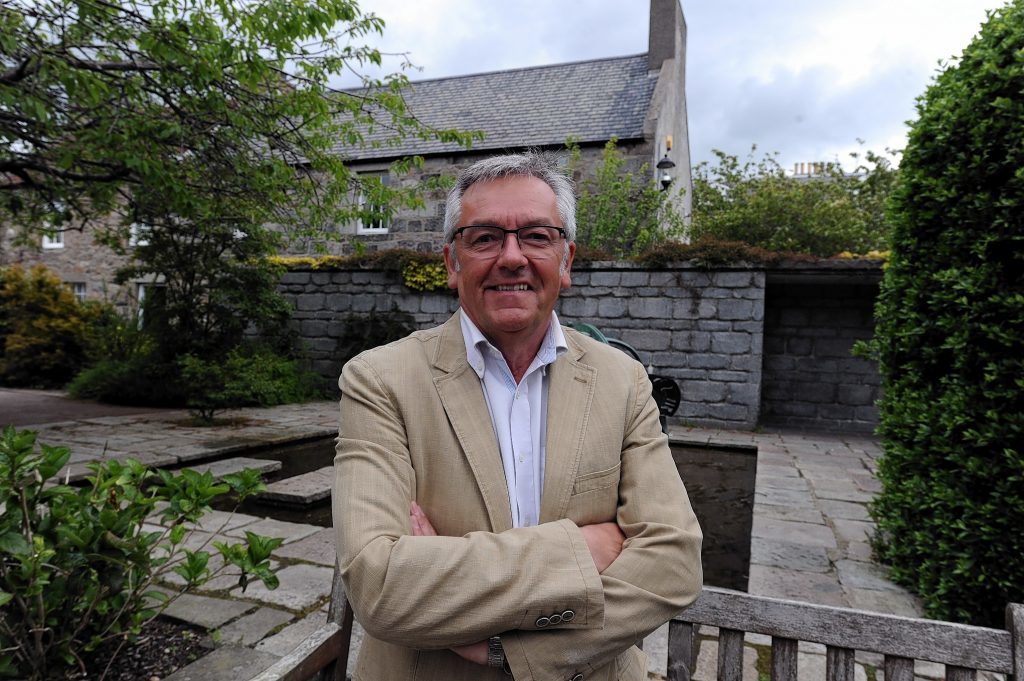
Theresa May’s recent commitment to the UK being carbon neutral by 2050 prompted me to re-look at the UK’s gas and electricity supply and demand statistics.
The following Sankey flow diagrams are from the Government’s asset publishing service and they quantify gas and electricity supply and demand.


Upon inspection it is clear that the largest energy user in the UK is the domestic household. Hence reducing domestic energy consumption would make a significant contribution to the net zero carbon goal.
Much has been published on how domestic energy savings could be made, for example The Energy Saving Trust. Whilst the information on the means to save energy is available, I don’t think many of us make much of an effort.
The Government has to do more to encourage the public to act on their home energy footprint; for example kettle use. As reported recently in the national press, most of us overfill our kettles and that results in significant wasted energy.
There are many other ways to reduce household energy consumption – avoid standby lights, overuse of washing machines and dishwashers, use LED lighting – the list is extensive.
Furthermore, not only would we be saving energy and reducing our fuel bills, a consequence would be reduced harmful emissions of nitrous and sulphur oxides, particulates and unburned hydrocarbons.
How could the Government do more to encourage us to be more energy efficient at home?
That question made me think back to the 1950-60s when public information films were used on national TV to provide the public with advice and information on a range of topics.
There was one, before my time, called ‘Watch Your Meters’ which exhorted people to save energy by watching their meters.
Note to BEIS – why don’t you produce an updated Watch Your Meters for national broadcasting?
Tom Baxter, Senior Lecturer, Chemical Engineering, Aberdeen University
Recommended for you
